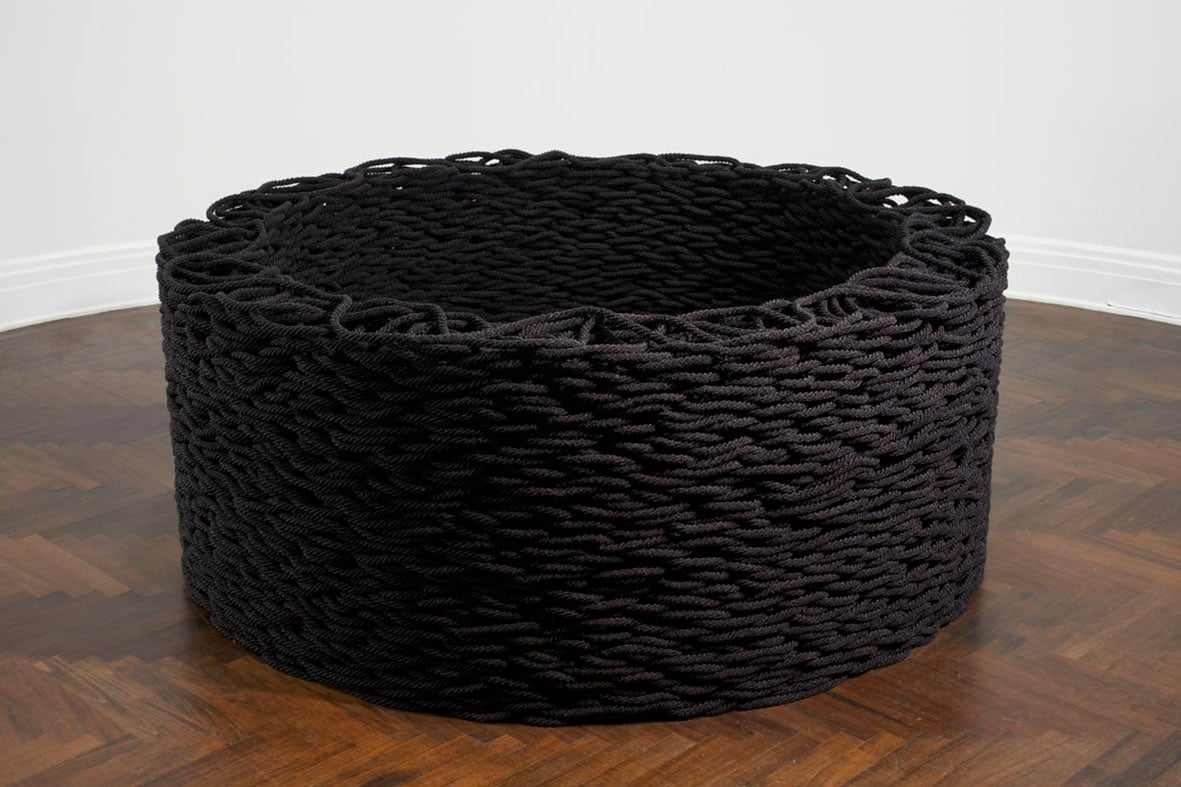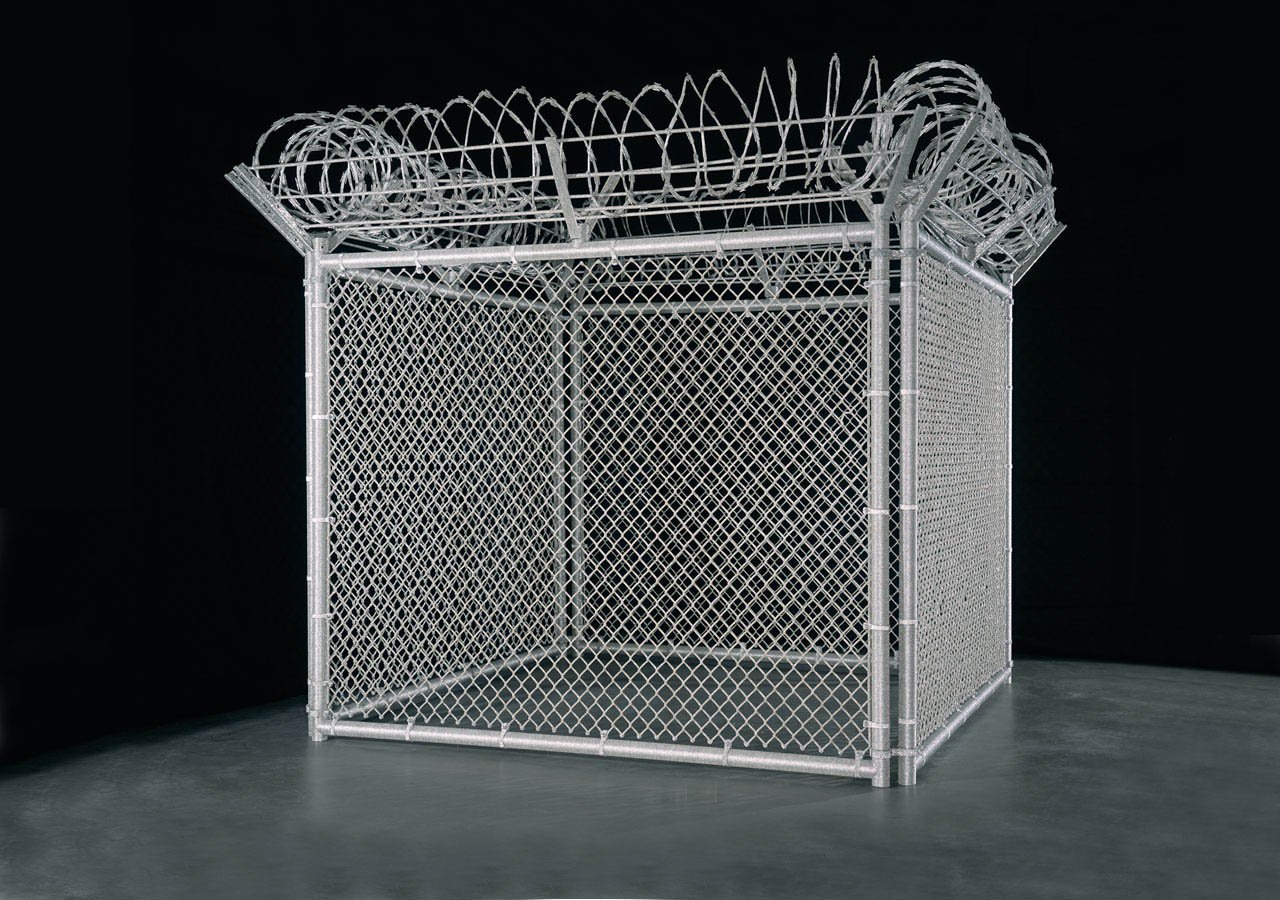Rand Merchant Bank acted as lead manager for the sale of First Strut's R925-million bond. The company
In 2005, artist Liza Lou made a trip from her hillside home in Topanga Canyon, outside Los Angeles, to Hartford, a town four hours north of New York by train. She wanted to commission bead workers in India to help her on a new project. Someone at Aid to Artisans, a Hartford-based NGO that facilitates exchanges with craftspeople in developing nations, suggested she consider Durban. Lou, an attractive thin-boned woman with straight blond hair, said okay and established a studio in the city of indunas and surf grommets.
It is unclear when and how glass beads arrived in sub-Saharan Africa, although they definitely predate colonial trade by more than two millennia. Using chemical analysis, archaeologists have found credible evidence to suggest a robust pre-colonial trade in beads that originated from southeast India.
Lou, who has been living in Durban on and off since arriving in 2005 and is showing her work in this country for the first time, doesn’t use Indian-made beads. Her two main suppliers are from the Czech Republic and Japan. Although her Goodman Gallery works – muted, beaded canvases that bear traces of their labour and makers’ histories – are handsewn, when she first arrived here Lou worked differently.
Lou first came to prominence in the United States with Kitchen (1995), a life-size installation of a domestic service area in which every surface and appliance is covered in glued beads, and the outcome of five years of patient work with tweezers.It was not surprising that Lou developed acute tendinitis as a result.
When she suggested to the dozen or so women she gathered in an “old dance hall on the docks” in 2005 to do the same they “belly laughed” in response. It wasn’t just her method that prompted this response. Lou was asking these women to glue beads to a 3x3x3-metre fence enclosure topped with razor wire, custom-made in Los Angeles.
“I didn’t think they would have anything like that here,” says Lou when I meet her at a beachfront café. She says she was thinking about Guantánamo Bay, the US naval base and controversial prison in Cuba. She had no idea of the structure’s resonances locally.
A staff member at the time described Fence (2005) as “something for the whites”. In a way, the speaker was spot-on. Exhibited at her London dealer White Cube in 2006, Lou’s shimmering sculptural piece was bought by the French luxury goods billionaire and voracious art collector François Pinault. But this doesn’t tell the full story.
I saw the work at its London show. It was a WTF moment. Arresting yet perplexing, Fence challenged my rather orthodox sense that the only interesting beadwork from South Africa was somehow anthropological and held in the Standard Bank African Art Collection at Wits Art Museum. “It had to look like it was made by magic,” says Lou of this work. Which it certainly did.

Since relocating a part of her life to Durban, the work Lou makes has changed, both in form and method.
Begun in 2007 and finished a year later, Continuous Mile is a 1.6km-long rope made entirely of white glass beads and cotton. When it went on display at the Metropolitan Museum of Art in New York in 2009 it was coiled to resemble a freestanding sculpture, like a rondavel without a roof.
It is not just Lou’s process that has changed. Her work has increasingly become less figurative, more minimal. Her studio has also expanded in size. This is for Lou the real story of her work since 2005, a story she retells in her 2012 book Durban Diaries. An essential companion to her Goodman exhibition and well worth tracking down, Durban Diaries offers an impressionistic account of her initial bewilderment and alienation upon arriving in Durban.
“I feel flattened by what the colour of my skin represents,” Lou observes shortly after arriving. “I dislike being the white lady in charge. My do-gooderism is starting to feel like naive hubris.”
Although not fully able to access the Zulu culture of the artisans she pays on a contractual basis, Lou nonetheless recognises biographical resonances in their orthodox Christian views. “I travelled 10?000 miles to find myself back [with] that old-time religion where I started,” writes Lou, whose free-spirited parents became evangelical Christians four years before her birth in 1969. The artist is no longer bound by their faith; she has also legally changed her surname after falling out with her father.
Durban Diaries includes two moving narratives, both involving the death of workers, Nomusa (from TB-related complications) and S’bonelo (murdered). “I’m knee-deep in the paradox of life in South Africa and I am gripped,” records Lou.

Her glass-beaded canvases record that paradox as much as her written words. The canvases are the product of many hands. This is literally represented by the variegated colour of her sand-coloured canvases and many gradations of beige.
“I always ask of the material I work with, what does it want to be?” says Lou. “How do I get out the way?”
The answer, she has come to realise, lies in acknowledging “the dirt and the dust and the saliva and the tears and the blood and the ashes” of everyone who touches the beads that comprise her very singular work.
Liza Lou’s Canvas is showing at the Goodman Gallery in Johannesburg until September 6